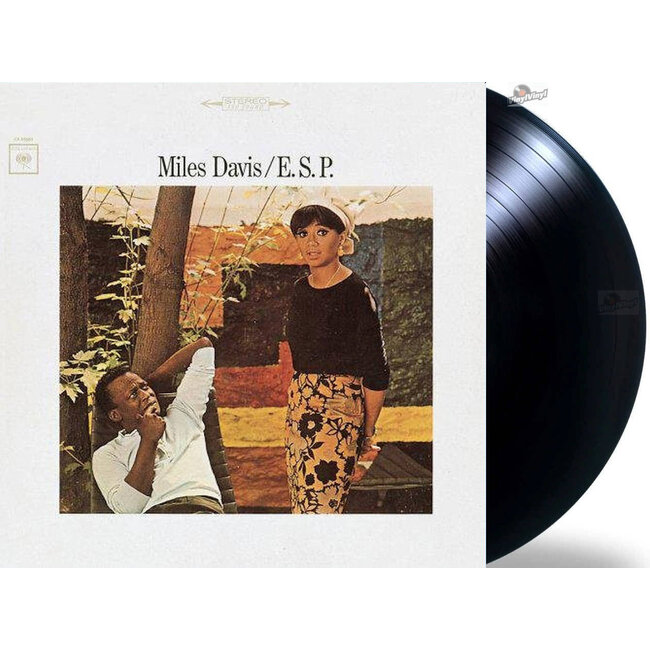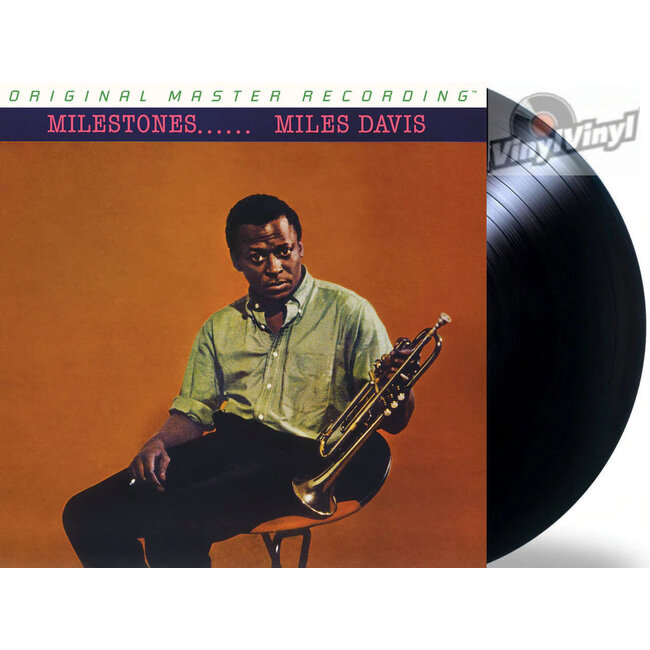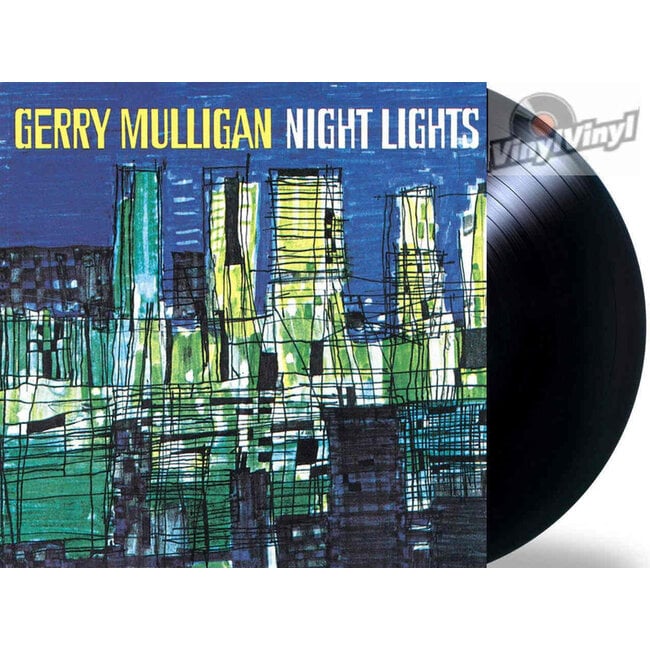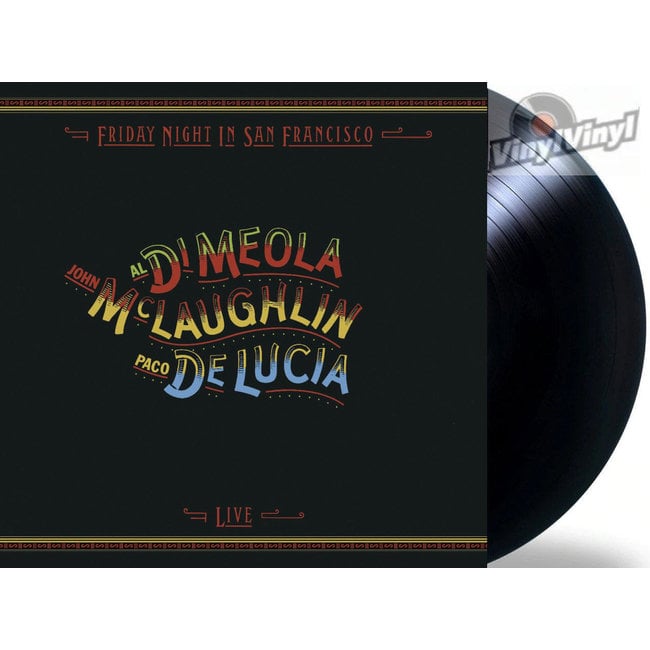Miles Davis E.S.P. ( HQ vinyl LP )
(1965) 2013 HQ vinyl First audiophile reissue of Miles Davis' E.S.P. LP using all-tube/all analog mastering by Chris Bellman at Bernie Grundman Mastering. Featuring faithfully reproduced jacket and labels. Individually numbered and strictly limited to 3,0 Lees meer..
Voor 15.00u besteld?
Dan wordt je bestelling vandaag verzondenEen echte winkel
Kom ook eens bij ons langs in Den HaagKlantenservice?
Bel 070 - 36 32 777 voor vragen, tips of advies
Productomschrijving
Release date: 22-12-2016 (Originally released in 1965)
(1965) 2013 HQ vinyl First audiophile reissue of Miles Davis' E.S.P. LP using all-tube/all analog mastering by Chris Bellman at Bernie Grundman Mastering. Featuring faithfully reproduced jacket and labels. Individually numbered and strictly limited to 3,000 copies.
Tracks:( HQ vinyl LP)
A1. E.S.P.
A2. Eighty-One
A3. Little One
A4. R.J.
B1. Agitation
B2. Iris
B3. Mood
Musicians:
Miles Davis (trumpet)
Wayne Shorter (tenor saxophone)
Herbie Hancock (piano)
Ron Carter (double bass)
Tony Williams (drums)
First Album Recorded by Davis' Classic Second Quintet: E.S.P. Teems With Brilliant Intensity, Energy, Emotion, Steadiness, Tension, and Interplay
After several intermediate groups (which featured such giants as Hank Mobley, Wynton Kelly, Victor Feldman, and George Coleman), Miles Davis' “second great quintet” slowly coalesced over 1963-64, into the lineup of Wayne Shorter, Herbie Hancock, Ron Carter, and Tony Williams (who was 17 years old when he joined Miles).
When Miles assembled Shorter, Hancock, Carter and Williams he had a band that straddled both the traditions of jazz and the new frontiers that lay ahead. 1965's E.S.P. was the first studio recording that captured the interplay and creative potential that the band was to develop. The five members of the quintet seemed to communicate by mental telepathy, inspiring the title E.S.P. (extra sensory perception).
Featuring the devilishly funky blues number, “Eighty-One,” (actually written by Ron Carter, but probably shaped in the studio by Miles) on which binary and tertiary rhythms alternated (listen to the improvisations, and you’ll understand). While the melodic abstraction “Agitation” that until 1969 was often used to open concerts, illustrated how the modal options of “So What” and “Flamenco Sketches” found a new outlet - six years after Kind Of Blue.
But the return to the inspiration of the 1959 masterpieces was mainly due to the compositions of his young companions who were responsible for writing six of the seven tunes on the album. Especially notice Shorter’s brilliant interplay with Miles on the closing track “Mood,” the haunting ballad written by bassist Ron Carter.
Reviews
Specifications
E.S.P. ( HQ vinyl LP )
0 beoordelingenBeoordeel Miles Davis E.S.P. ( HQ vinyl LP )
(1965) 2013 HQ vinyl First audiophile reissue of Miles Davis' E.S.P. LP using all-tube/all analog ma..













